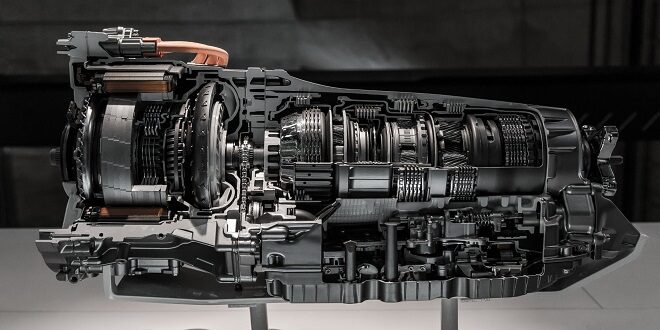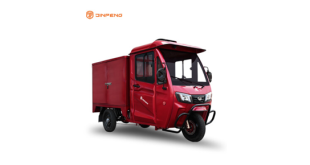The power developed by the engine has to reach the road wheels for moving the vehicle. The transmission system deals with this objective. It transmits power to wheels as and when required by varying speed and torque. This unit comprises different components of automotive transmission depending upon their purpose. Sometimes we may not have to transmit power; we may have to vary the torque and speed, transmit power at varied angles and lengths, and have to transmit more power to the outer wheels than the inner wheels while taking a turn. These different functions and situations are tackled by this system.
This module also deals with the most modern concepts of the transmission system. It describes the function, construction and working of automatic transmission. The transmission system is the biggest system in automobile technology providing several career opportunities for the students.
Clutch introduction
The engine power need not be transmitted to road wheels while shifting gears and starting the engine. A mechanism is essential for this. Clutch serves this purpose. The unit describes the function, purpose, types of the clutch, construction and working of different types of the clutch, clutch actuating mechanism etc. Different clutch troubles; their causes and remedies, clutch adjustment, dismantling, and assembling of different clutches are also dealt with in this unit.
Purpose of clutch
In vehicles with a manual transmission or manual transaxle, the power flows through a clutch. This device engages and disengages the manual transmission or transaxle and the engine. When the driver pushes the clutch pedal down, the clutch disconnects or disengages from the engine flywheel. No engine power can flow to the transmission or transaxle. When the driver releases the clutch pedal the clutch engages. This allows power to flow to the transmission.
Assessment Activity
Ask the students to complete the blanks in each column of the chart given below. In the first column they have to write the purpose and the other situations when the clutch is used in automobiles; in the second column, the requirements of the clutch, and in the third, types of friction clutches. Give one score for each correct answer.
Wet clutch
The construction of a wet clutch is similar to that of a dry-type except that here the clutch plates are always wetted by oil circulation. Many types of wet clutches are used in trucks, the simple type is the spray type. Its construction is similar to that of dry-type except that a different type of friction material is used and the construction of the clutch plate is also different. The oil is sprayed through holes in the clutch plate by a nozzle. This type of clutch is suitable for small trucks.
Thrust spring (coil spring) type
The main components of the clutch are clutch plate, clutch facing, pressure plate, springs, and bearing. A simplified sketch of a single plate clutch is given. The friction plate is held between the flywheel and the pressure plate. There are springs arranged circumferentially, which provide axial force to keep the clutch in the engaged position. The friction plate is mounted on a hub that is splined from inside and is thus free to slide over the gearbox shaft. Friction facing is attached to the friction plate on both sides to provide two annular friction surfaces for the transmission of power. A pedal is provided to pull the pressure plate against the spring force whenever it is required to be disengaged. Ordinarily, it remains in the engaged position.
Last word
The pressure plate, the springs, the release levers, and the cover form a sub-assembly called the cover assembly. This can be mounted directly to the engine block by placing the clutch plate in between the flywheel and the pressure plate with the clutch shaft inserted in place.
 Magazine Today
Magazine Today

